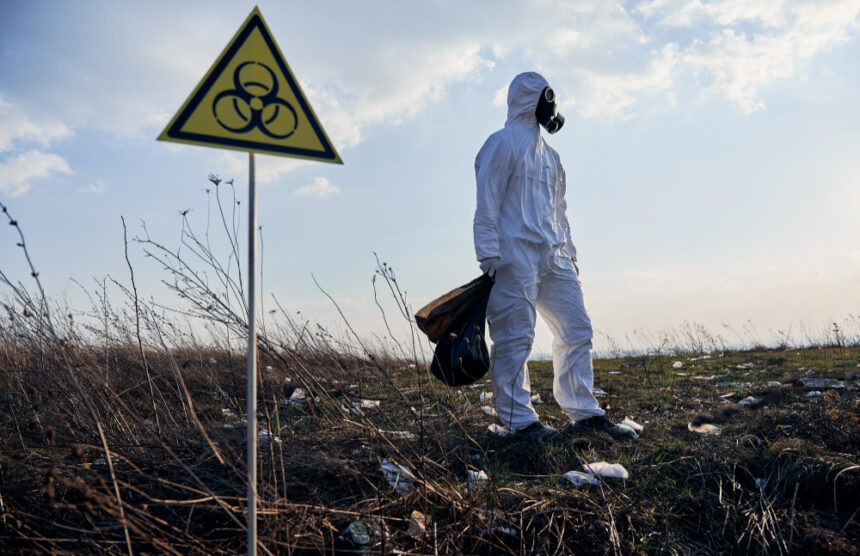The effects of radioactive chemicals on living organisms, especially radionuclides, reach out to the blood. The different modes through which radioactive substances act on the blood are phased, with the commencement being exposure, followed by absorption, then distribution, and finally an interaction between the substances and the components of the cells in the blood.
Exposure and Absorption
The first phase of contamination by radioactivity takes place through exposure. Exposure to radioactive chemicals can be either through inhalation, ingestion, or direct contact with the skin. Once in the body, the radionuclides are absorbed into the bloodstream. How much of it is absorbed and at what rate is dependent on the chemical properties of the particular radionuclide and the route it entered through. For instance, inhaled radioactive particles are directly transferred into the lungs and then moved into the bloodstream within minutes. On the contrary, ingested radionuclides are absorbed through the gastrointestinal tract.
Distribution in the Bloodstream
On entering the body, radionuclides are absorbed into the circulatory system and are thereby distributed to all parts of the body. Blood is a vehicle of distribution whereby radioactivity is conveyed to tissues and organs. Relatively, depending on the chemical composition, some nuclides can associate themselves with blood components, such as red cells, plasma proteins, or white blood corpuscles. As an example, radioactive iodine would have an inclination to concentrate more in the thyroid gland on the basis of its compatibility with iodine-binding proteins.
As radionuclides circulate in the blood, they release radiation in the form of alpha particles, beta particles, or gamma rays. Any such radiation can ionize molecules within the blood cells. The ionized products may lead to free radicals. These are very reactive molecules that cause considerable damage to cellular structures, including DNA, proteins, and membranes. The type and degree of damage depend on the energy and type of radiation emitted by the radionuclide.
Biological Consequences
Some biological adverse effects can be due to ionizing radiation from the radionuclides. DNA damage in blood cells may cause mutations, and some of those mutations may trigger uncontrolled cell division, resulting in cancers such as leukemia. Free radicals developed as a consequence of radiation could also lead to oxidative stress and cause hemolysis, reducing the count of blood cells. Moreover, the immune system could be impaired in the case of the destruction of white blood cells, making one susceptible to infections.
The underlying process of how radioactive chemicals interact with the blood is very complex. It involves exposure, absorption, distribution, and cellular interaction of the radionuclides. The radiation emitted by such radionuclides is very hazardous to biological systems and can lead to many health disorders, from cancer and anemia to disorders in the immune system. These processes thus underlie the reduction of risks associated with radioactive exposure and the development of effective medical interventions.
Arnold

